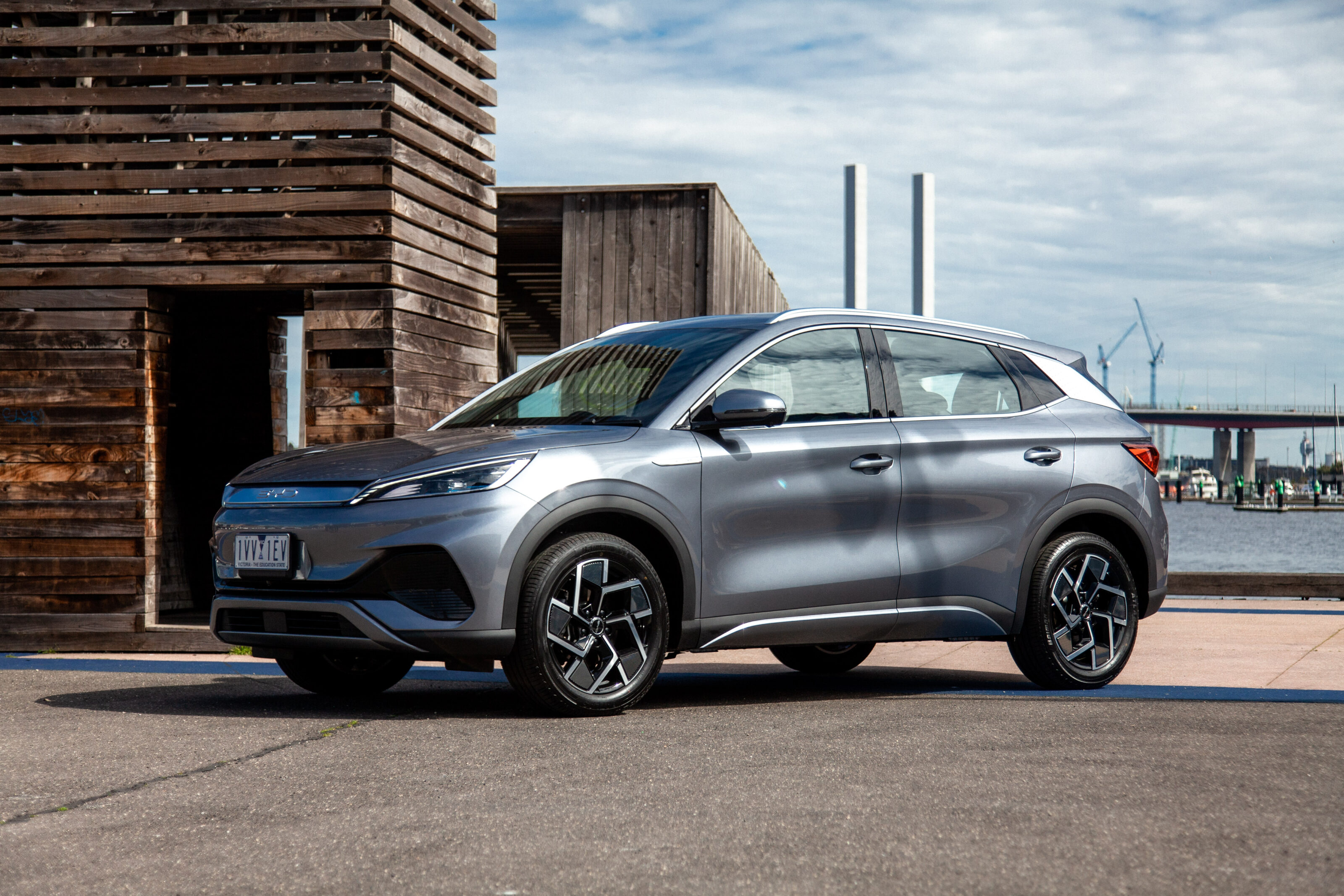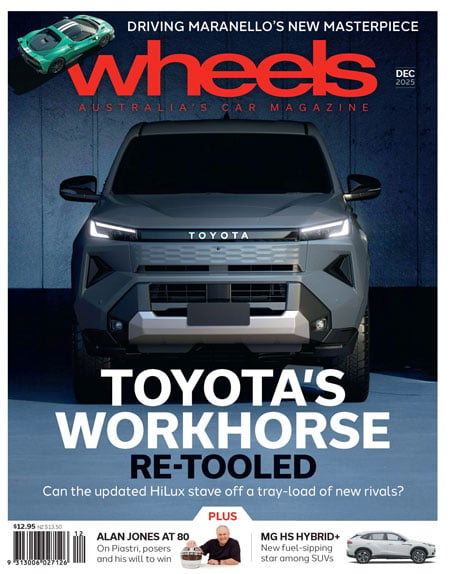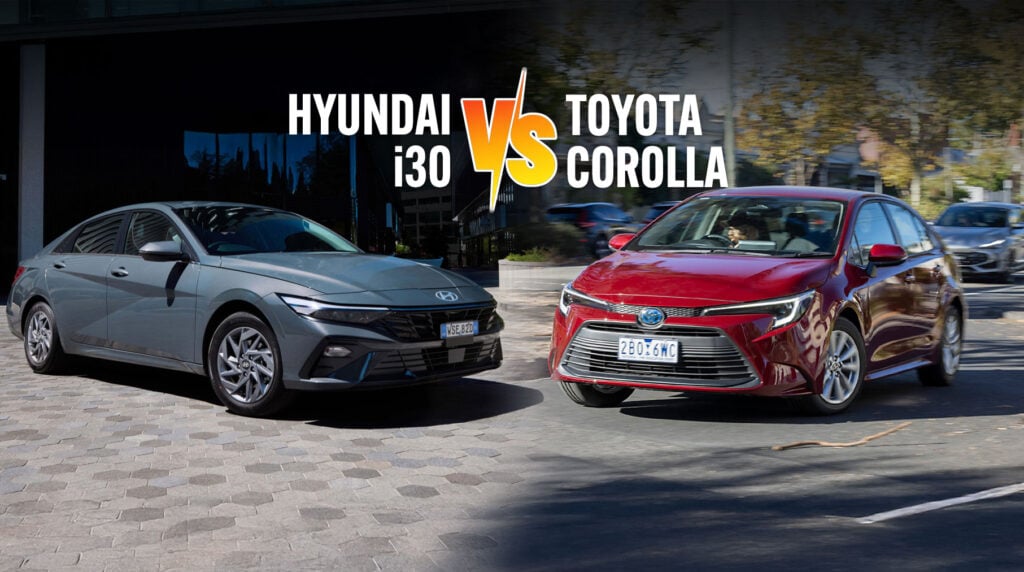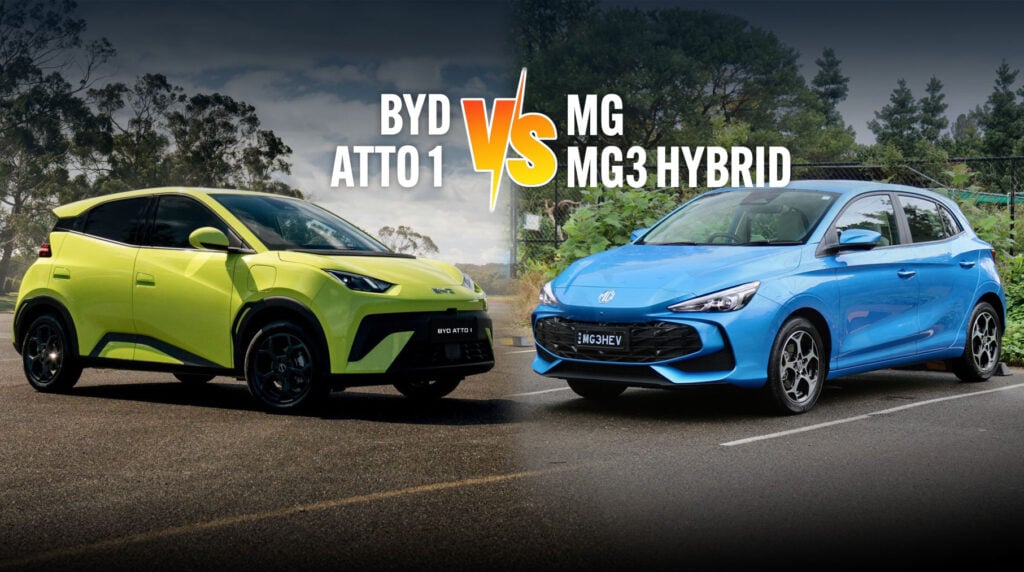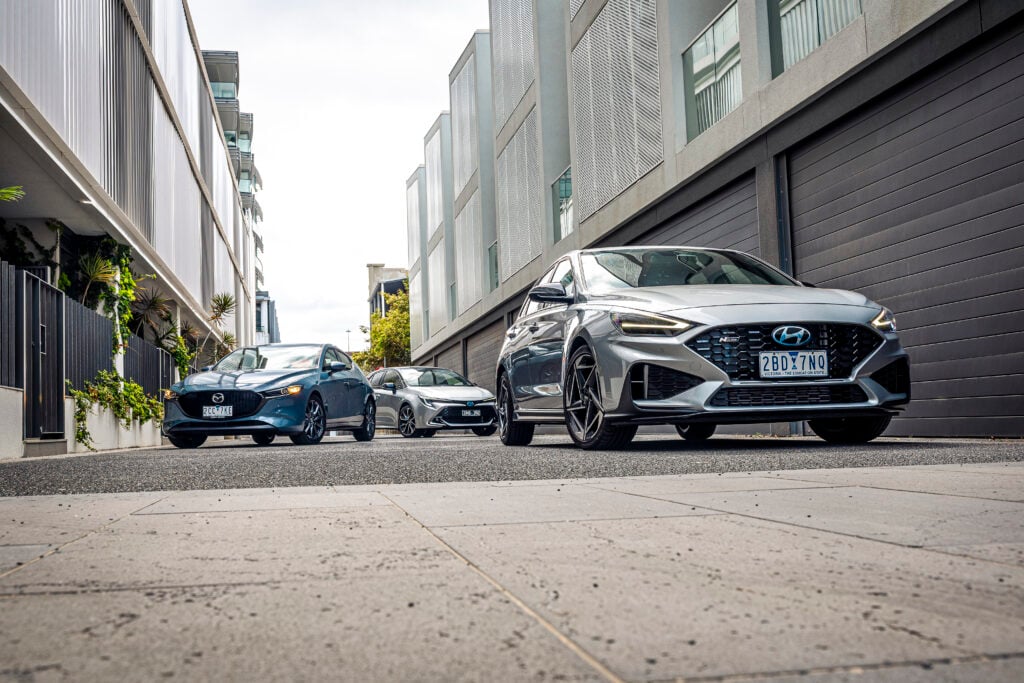If you’re looking to know how Australia’s most affordable EVs compare against not only each other, but also a pricier new entrant in the same segment, our full pricing and features breakdown here will tell you everything you need.
UPDATE: New Australian pricing and specifications added
This story, first published in July, has been updated to include new local details on both the BYD Atto 3 and the newly updated MG ZS EV.
A full driving comparison will come in the near future, but in the meantime, you can see our reviews of each vehicle via the links below.
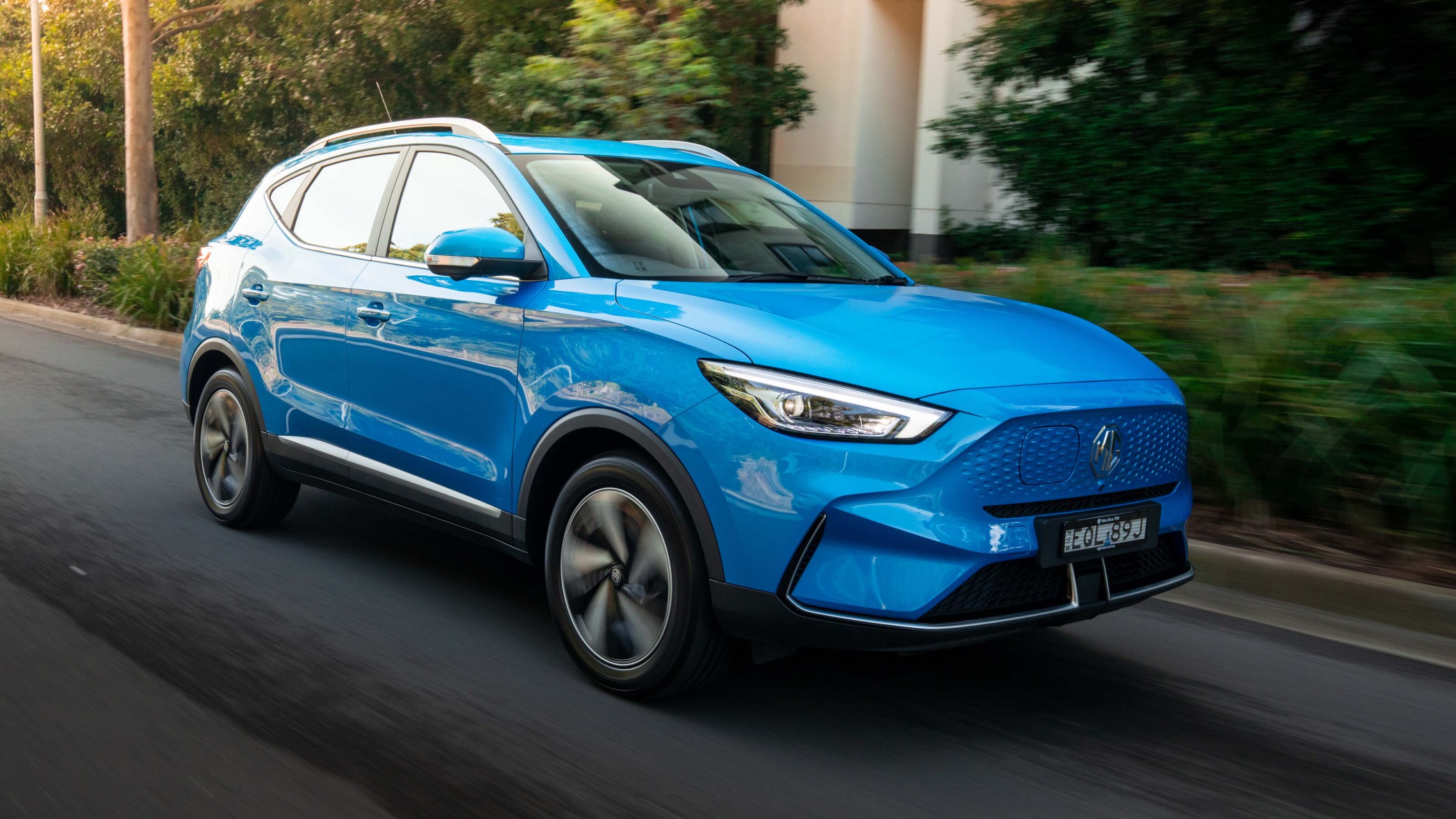
BYD Atto 3 v MG ZS EV v Kia Niro Electric: Spec comparison
The recent launch of the second-generation Kia Niro coincided with the arrival of two new rivals in the hotly-contested small electric SUV segment: the BYD Atto 3 and the facelifted MG ZS EV.
Priced from $44,990 drive-away, the MG ZS EV takes the title of the cheapest electric vehicle in Australia – unless you’re in Tasmania – following a last-minute price change to undercut the BYD Atto 3.
According to BYD, the Atto 3 small SUV is priced from $44,381 before on-road costs, with final pricing dependent on location.
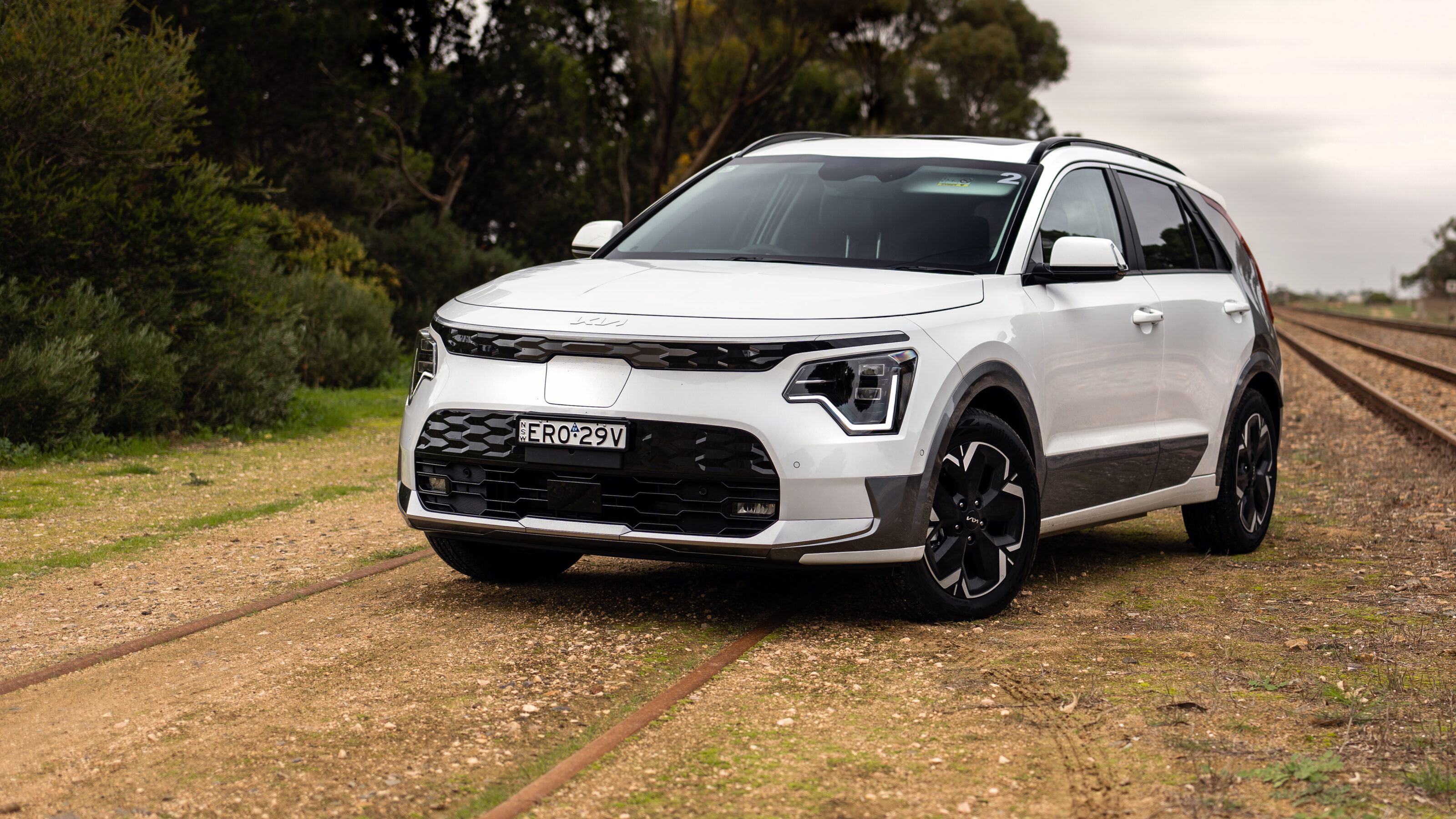
Far from cheap is the Kia Niro EV, priced from $65,300 plus on-roads – a $2710 jump over the outgoing model.
The circa-$20,000 price gap between the BYD Atto 3 and MG ZS EV from China and the Kia Niro EV is likely to discourage some prospective buyers for the Korean – especially when the rear-drive, E-GMP-based Kia EV6 large SUV is available for $7290 more.
However, despite the price difference, these small electric SUVs are surprisingly close on paper.
So, how exactly do the specs of the BYD Atto 3, MG ZS EV and Kia Niro EV compare? Let’s find out.
JUMP AHEAD
- Pricing
- Availability
- Performance
- Driving range
- Dimensions
- Charging speed
- Charging network
- Features
- Safety
- Cargo space
- Warranty
Pricing
BYD Atto 3 and Kia Niro EV prices exclude on-road costs.
MG ZS EV pricing is drive-away.
Electric vehicle incentives for all models, excluding the flagship Kia Niro EV GT-Line, are available to buyers in New South Wales, Victoria and South Australia – but only if any optional extras and dealer delivery come in under the respective caps.
For more information on all incentives available to electric vehicle buyers in Australia, click on the link below:
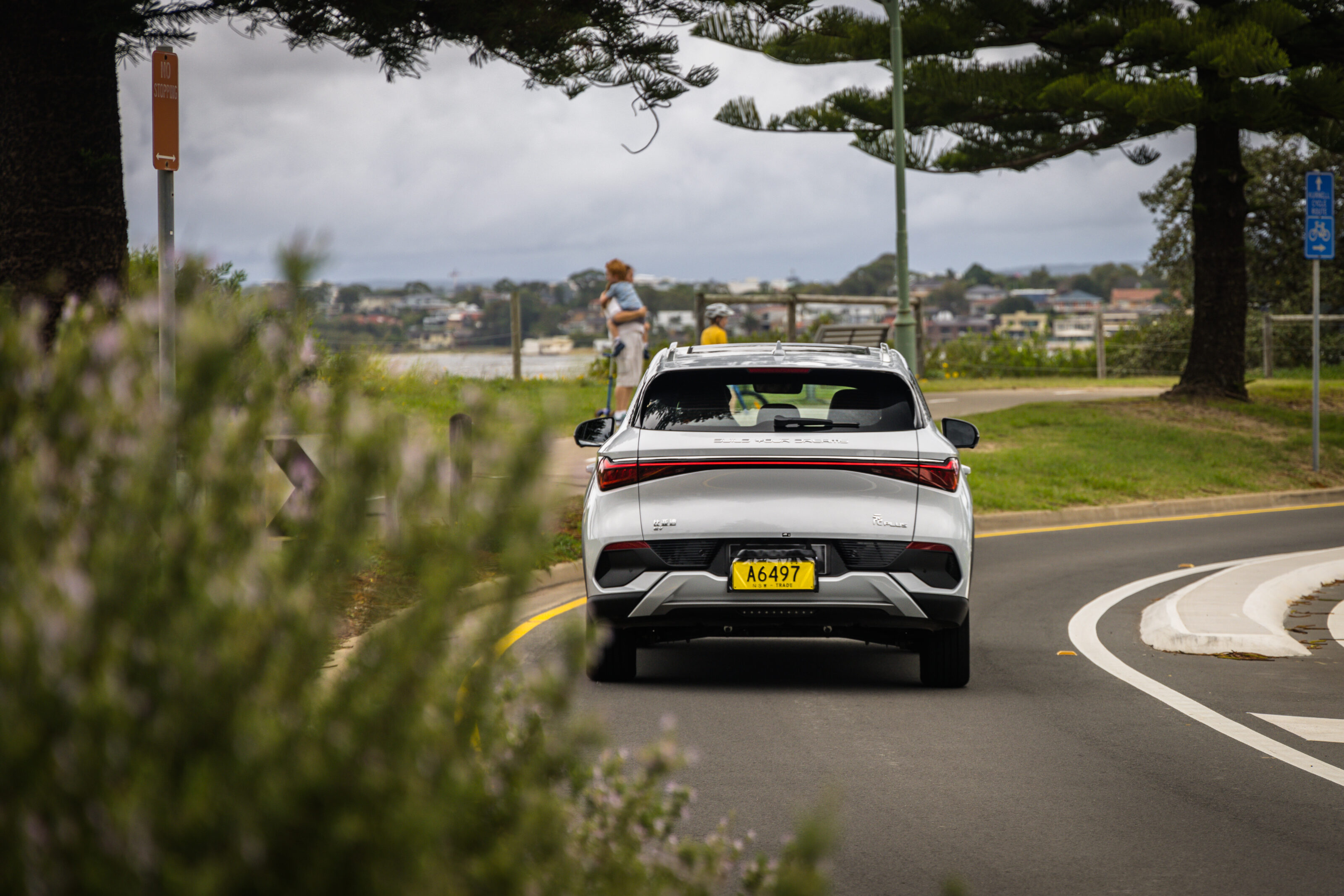
Availability
All three models are on sale now, excluding the BYD Atto 3 Standard Range, which has been delayed to November or December.
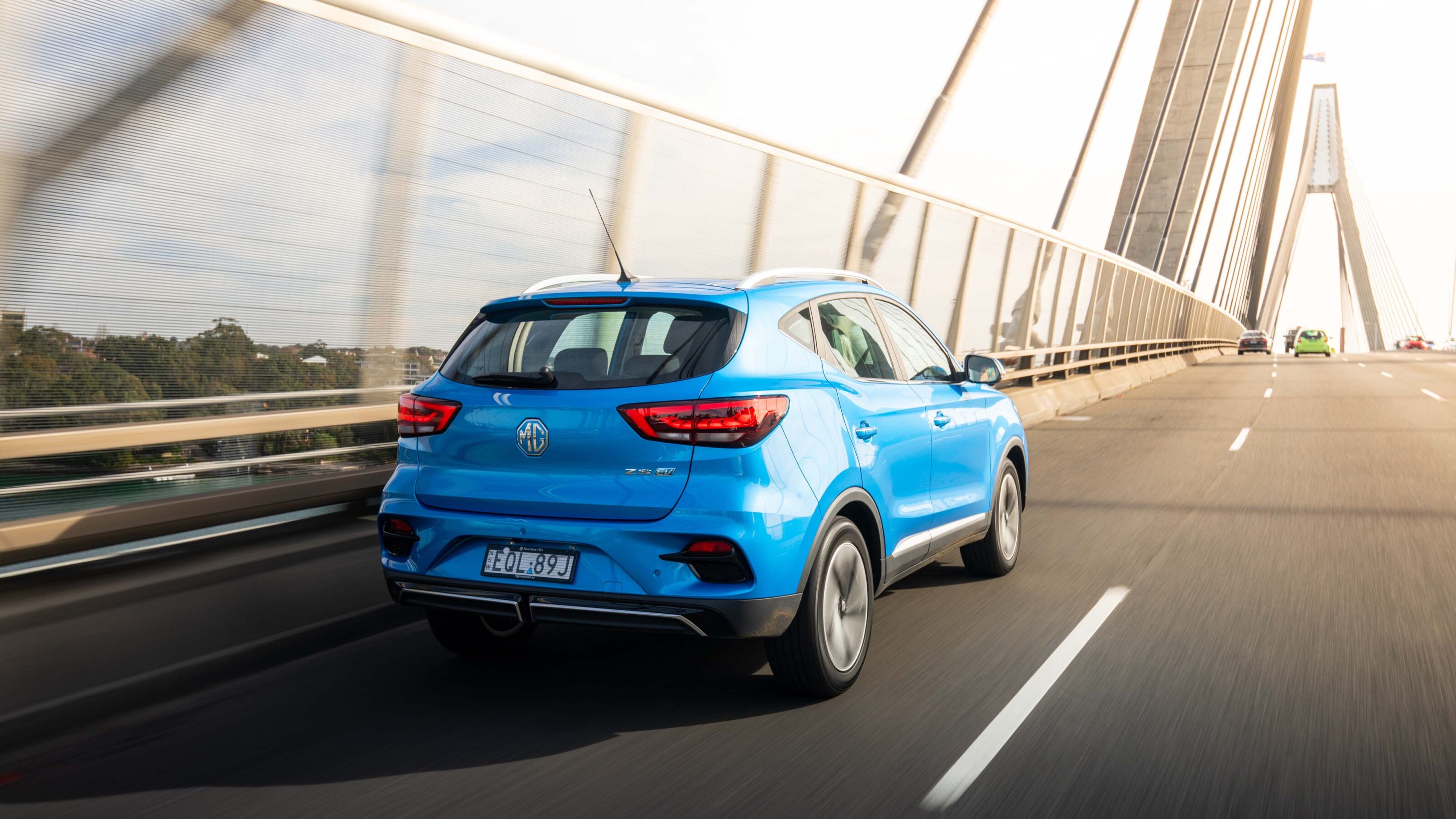
Performance
As the table below shows, the BYD Atto 3 is the quickest of these three rivals, thanks largely to its bigger torque number – but power and torque figures are otherwise a close match.
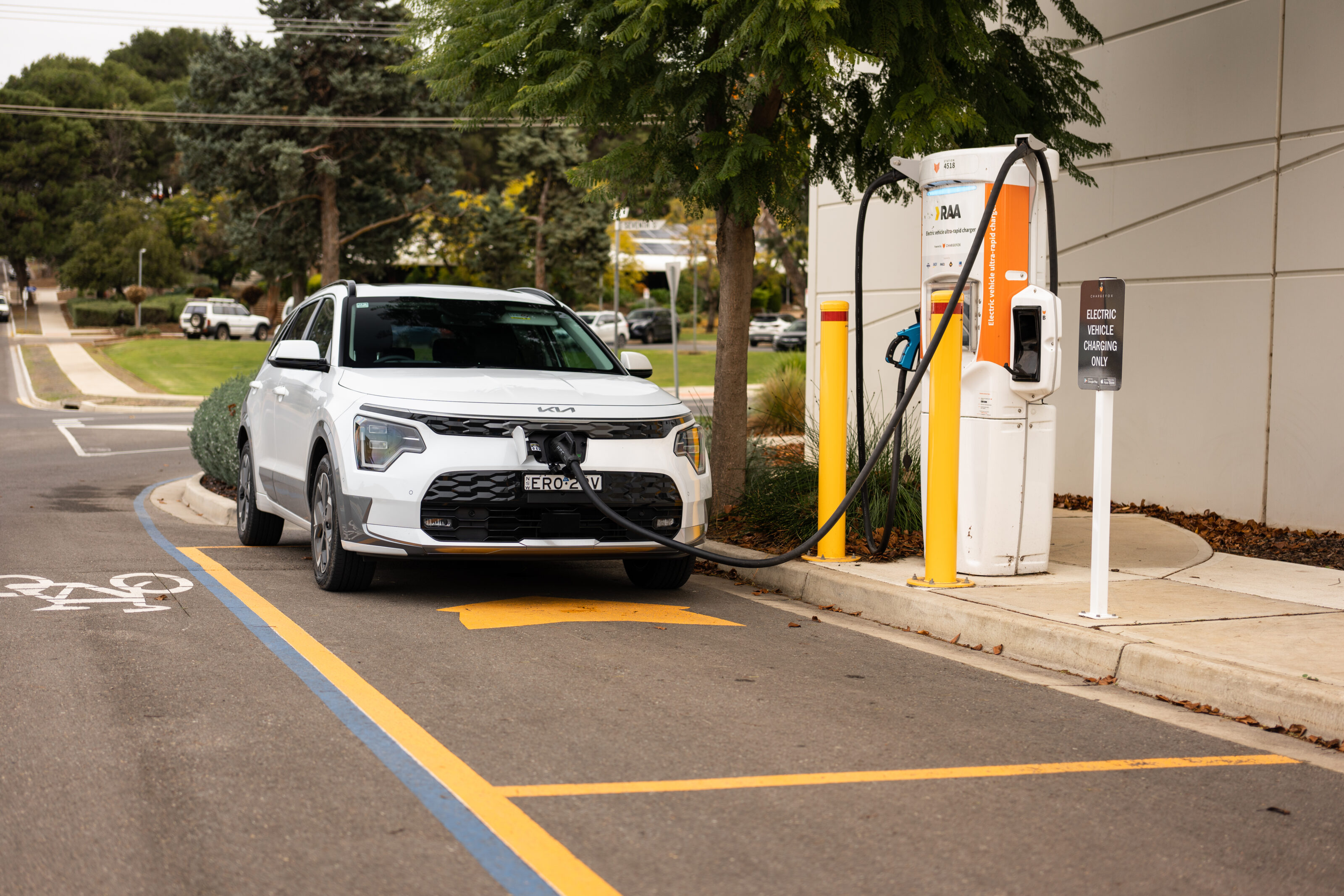
Driving range
For official claimed driving range, the Kia Niro takes a comfortable win over the city-focused ZS EV and both variants of the BYD Atto 3, although the latter comes close with its long-range model. It’s worth noting again, however, that the Niro is markedly more expensive than the MG and BYD offerings.
Dimensions
Here, the MG ZS EV is again shown to be a more compact offering, with the BYD and Kia models both riding on considerably longer wheelbases – always great news for rear occupants hopeful for some decent leg room.
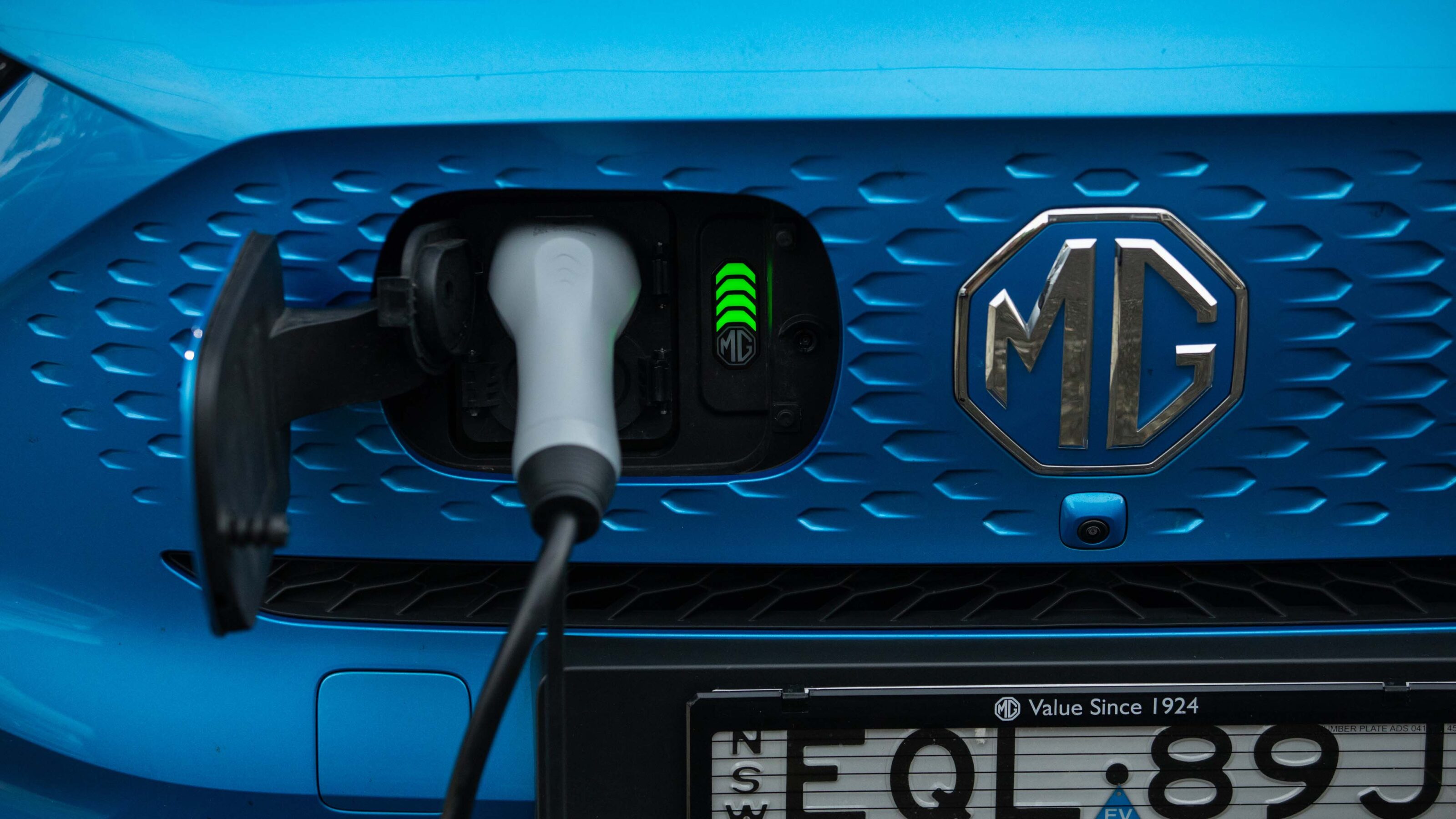
Charging speed
Using a public DC charger should top up the battery of each vehicle from 10 to 80 per cent in approximately one hour.
As more-affordable electric vehicles, the required technology to accommodate fast-charging stations above 100kW is not included in any vehicle, ruling out the quicker top-ups seen on more-expensive EVs.
For charging at home, the MG is the quickest at five hours from 0 to 100 per cent on an 11kW unit, while the BYD is slowest at 8.5 hours due to its maximum AC charge rate of 7kW.
Charging Network
Public charging networks – including Chargefox, Evie, NRMA, AmpCharge and Queensland Electric Highway – will be compatible with the BYD Atto 3, MG ZS EV and Kia Niro EV.
As mentioned, the required technology to accommodate fast-charging stations above 100kW is not included in any vehicle.
For example, while it is possible to plug a 350kW DC charger in, the vehicle will only utilise its maximum DC charging capacity.
Each car features a CCS Type 2 plug.
Features
These electric small SUVs are similarly specced, with all featuring a digital instrument cluster, Apple CarPlay and Android Auto and LED headlights.
We’ve highlighted the differences between the three vehicles below, with standouts including smartphone app compatibility for the ZS EV (MG iSmart) and Niro GT-Line (Kia Connect), configurable ambient lighting (BYD and Kia), and satellite navigation (MG and Kia).
All vehicles
NOTE: Apple CarPlay and Android Auto are currently unavailable on the BYD Atto 3. EVDirect claims an over-the-air software update is coming soon.
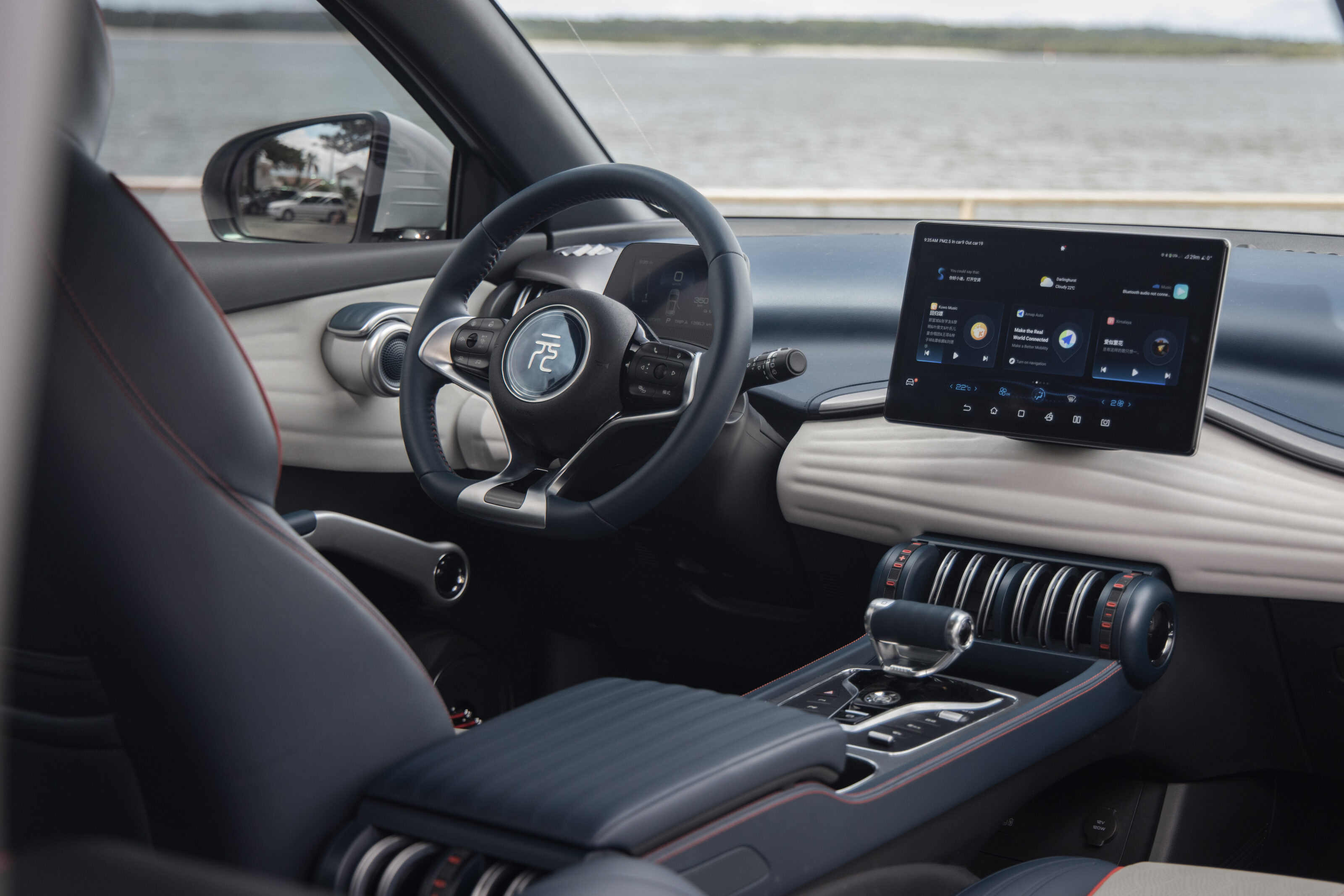
BYD Atto 3 (in addition to the shared features above)
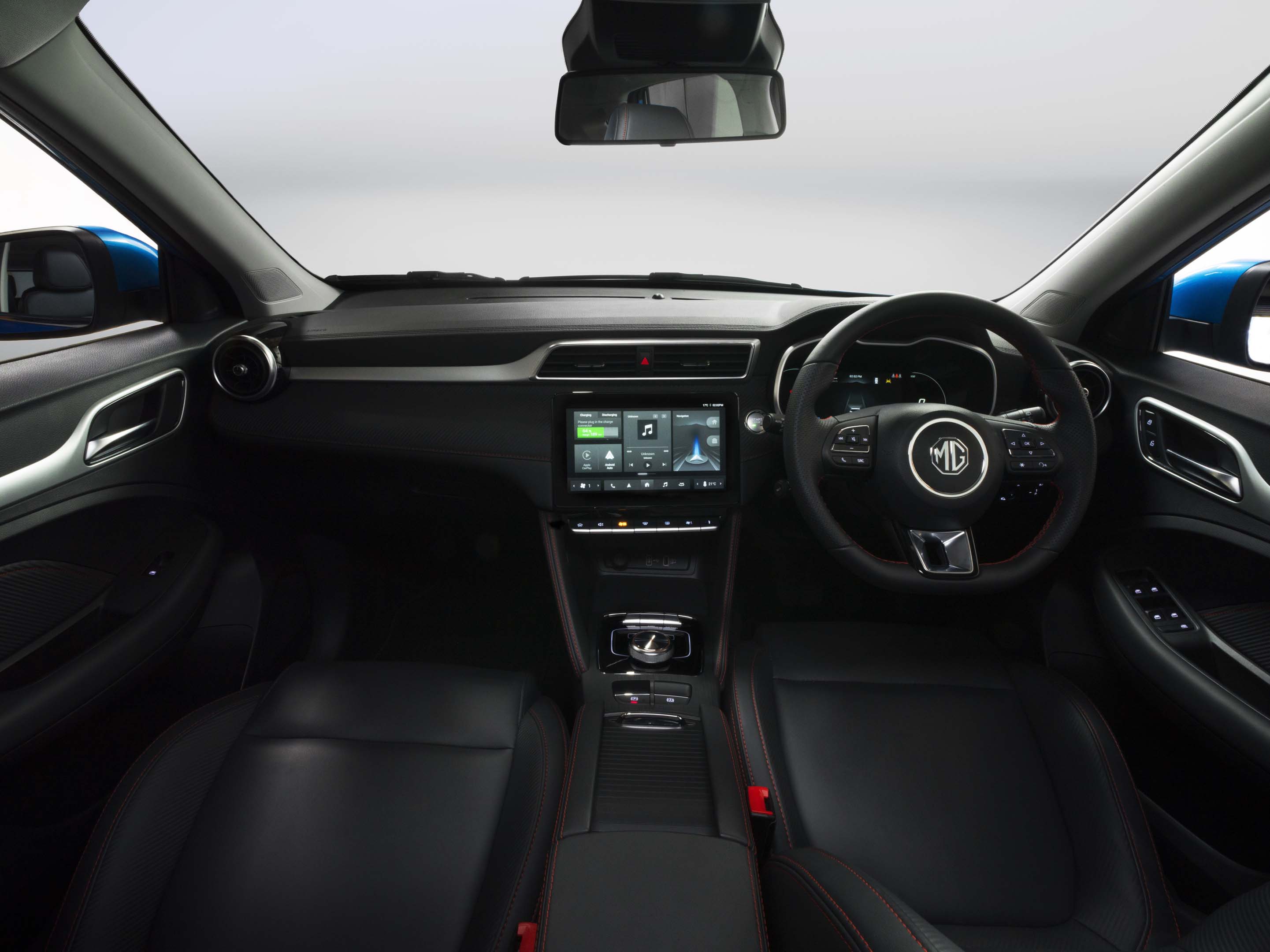
MG ZS EV (in addition to the shared features above)
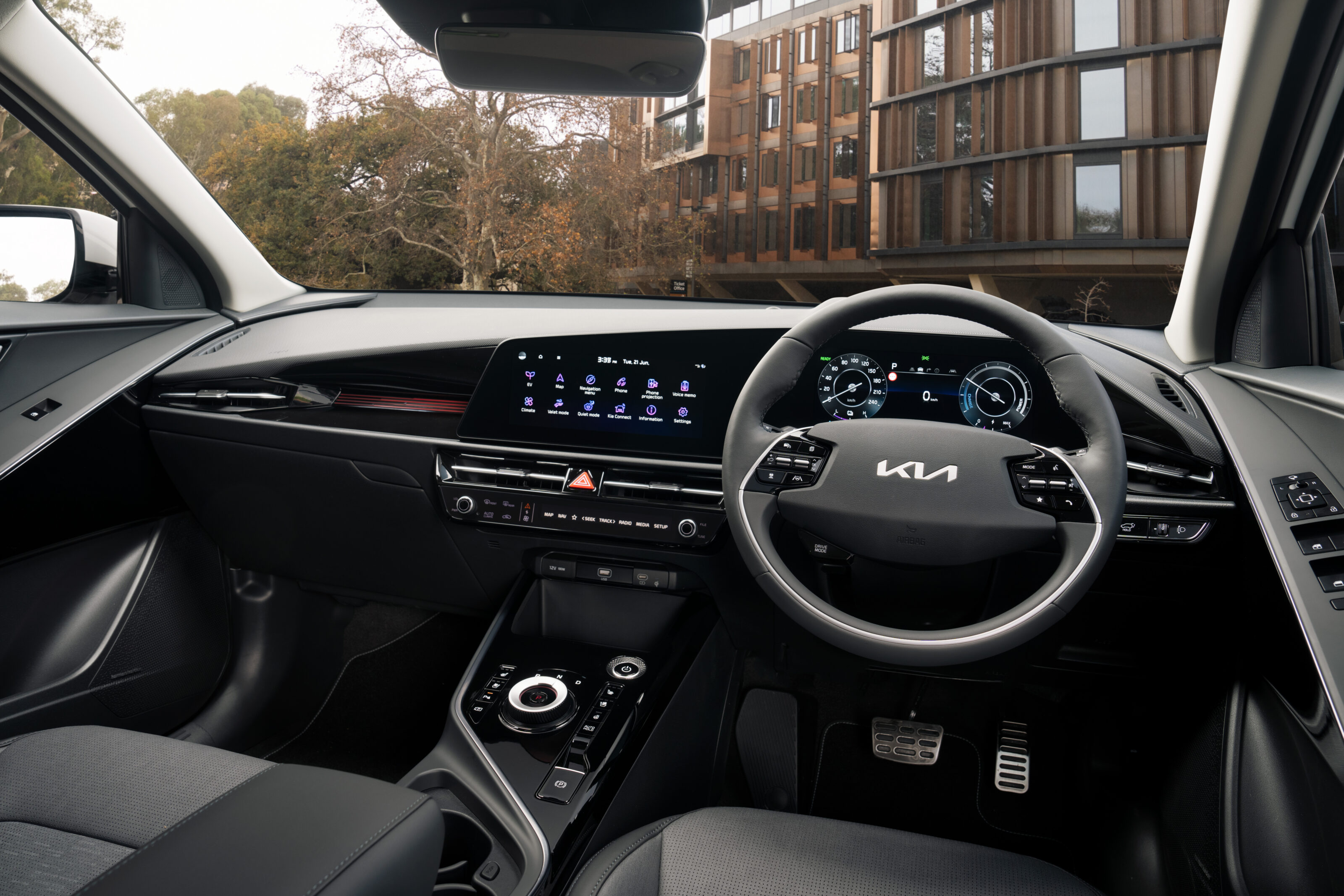
Kia Niro EV (in addition to the shared features above)
Safety
Both the ZS EV and Niro EV are covered by five-star ANCAP safety ratings, with the Kia subject to the latest 2020-22 testing criteria. The MG was last tested in 2019.
It is believed crash testing of the BYD Atto 3 has commenced, with ANCAP likely to release its findings in the coming weeks.
UPDATE, November 21: Following a resolution on a critical child-seat tethering issue, the Atto 3 now has a five-star ANCAP rating. Read about it here. |
Key active safety technology including autonomous emergency braking is standard across all three vehicles, however, some kit is limited to the flagship Kia and MG models.
All vehicles
BYD Atto 3 (in addition to the shared features above)
MG ZS EV (in addition to the shared features above)
Rain-sensing wipers, blind-spot alert and rear-cross traffic alert are exclusive to the flagship Essence.
Kia Niro EV (in addition to the shared features above)
Safe exit assist, rear autonomous emergency braking, and emergency SOS call via Kia Connect are exclusive to the flagship GT-Line.
Cargo space
While the Atto 3 and ZS EV are mostly comparable size-wise, the Niro offers greater practicality with a larger boot and a small 20-litre front boot. An electric tailgate is standard on the Niro GT-Line and across the Atto 3 range.
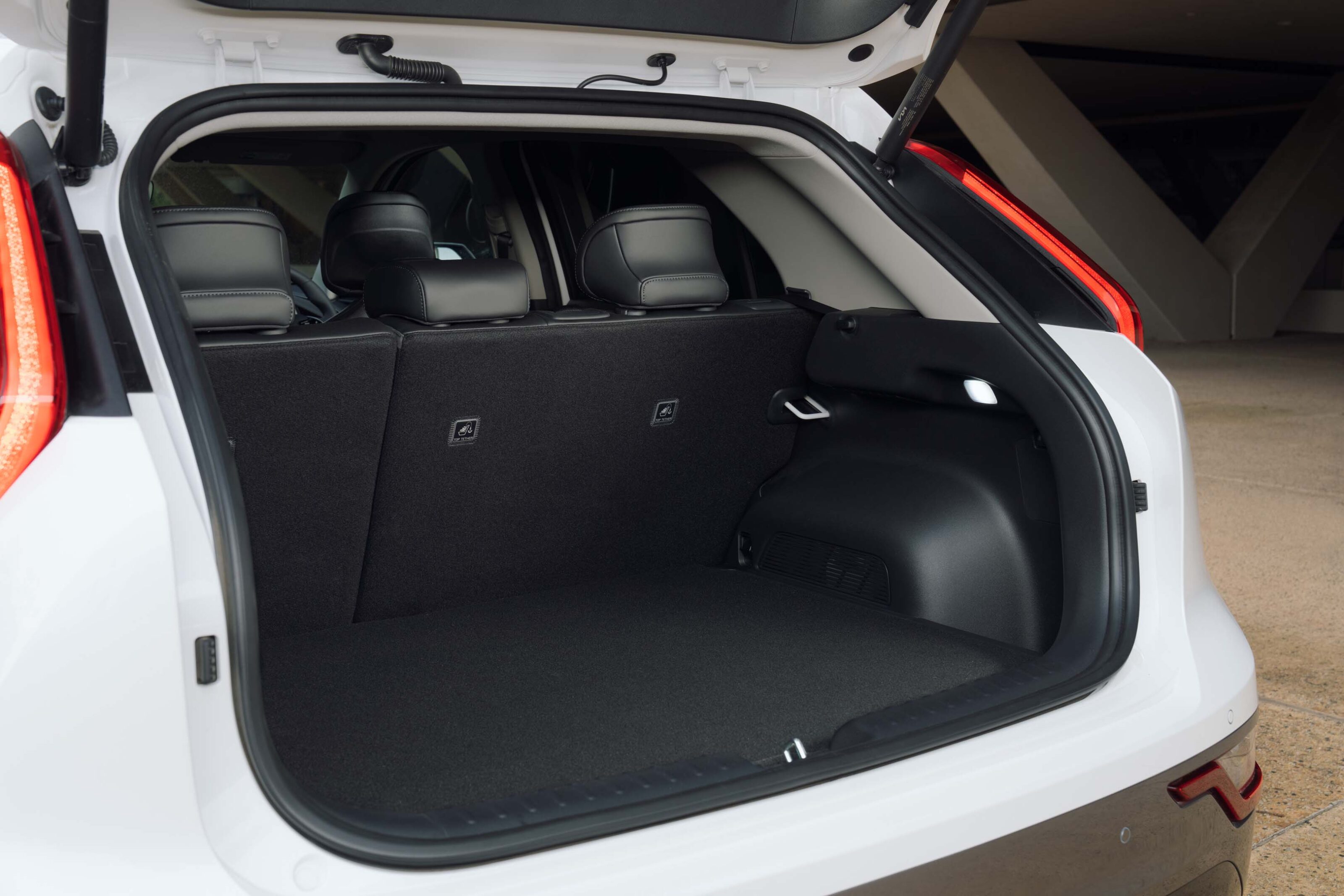
Warranty and servicing
Kia and MG’s warranty terms are quite similar, with both vehicles subject to a seven-year, unlimited-kilometre warranty (150,000km limit for the Niro’s high-voltage battery).
BYD originally promised a seven-year warranty for the Atto 3, but it has now switched to a six-year, 150,000-kilometre coverage – with several limitations – and an eight-year battery warranty.
Which small electric SUV would you pick? Let us know in the comments below!
We recommend
-
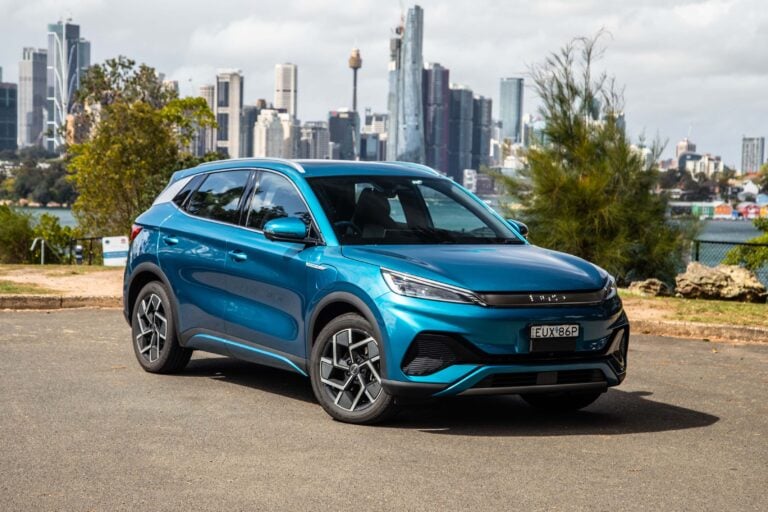 News
News2023 BYD Atto 3 pricing and features: Price rise for electric SUV
China's BYD Atto 3 has been hit by a circa-$3600 price increase, removing its title as the cheapest electric vehicle in Australia
-
 News
News2024 MG ZS EV pricing slashed as base model Excite returns
MG has brought back the ZS EV Excite with a more compelling price tag
-
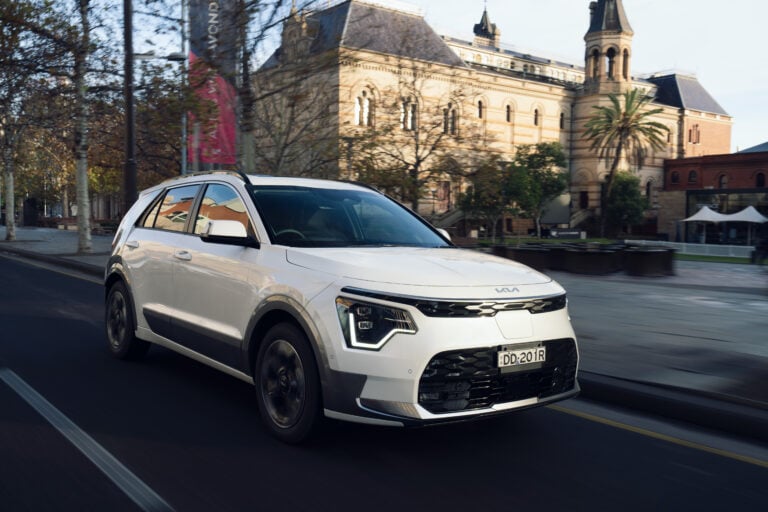 News
News2023 Kia Niro pricing and features for Australia
The second-generation Niro has landed with the choice of hybrid or all-electric power, at a price similar to the ground-up EV6


